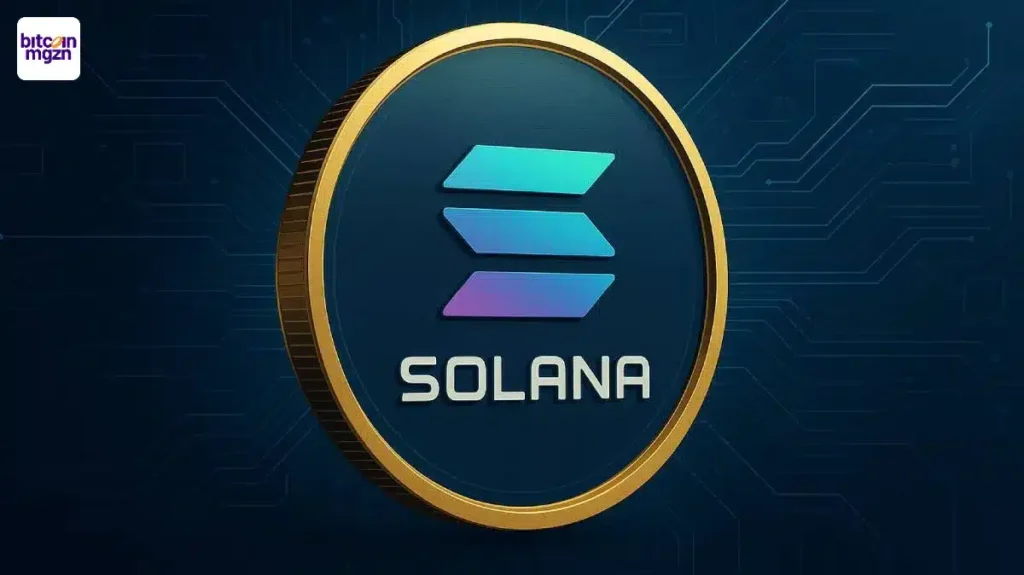An aerial photo is showing the largest energy storage 400MW project in Shandong province in Zaozhuang City, China, on March 10, 2024. The ultra-long life battery being used in this project employs lithium-ion cycle supplement technology, which can extend the cycle of the energy storage battery cell to up to 10,000 times, and the battery life can exceed 15 years. This is the first electrochemical energy storage project in Shandong Province to apply this technology. (Photo by Costfoto/NurPhoto via Getty Images)
NurPhoto via Getty Images
The story of energy in the Industrial Age has largely been about access to resources—first coal, then oil and gas. Today, that story is evolving. The next chapter isn’t about drilling fields, but about mastering the batteries and storage systems that can turn renewables into reliable power.
Wind and solar are now the fastest-growing sources of electricity on the planet. But their fundamental weakness is intermittency: the sun doesn’t always shine, and the wind doesn’t always blow. Without storage, a grid built on renewables risks volatility, blackouts, and underutilized assets. That’s why storage has become an essential enabler of the clean energy puzzle—and why a new kind of global arms race is underway.
Lithium-Ion’s Reign—and Its Limits
Lithium-ion batteries have powered most of the storage revolution to date. They dominate everything from home storage units to massive utility-scale projects, thanks to rapidly falling costs and widespread deployment. According to BloombergNEF, global battery storage capacity doubled in 2023, and most of that growth came from lithium-ion technology. Companies like Tesla, LG Energy Solution, and Contemporary Amperex Technology Co. (CATL) in China have driven this expansion.
But lithium-ion isn’t the endgame. The technology struggles to compete in ultra-long-duration applications, such as storing power for several days or weeks. The supply chain is heavily dependent on lithium, cobalt, and nickel, creating exposure to geopolitical risks and price volatility. Safety is another concern: lithium-ion carries fire risk, and recycling remains a challenge.
In short, lithium-ion remains indispensable, but it won’t be the sole solution to the storage challenge.
The Next Generation of Storage
The race is on to develop technologies that can go where lithium-ion cannot—delivering longer-duration, lower-cost, or safer performance. A few contenders stand out:
Flow Batteries. These systems store energy in liquid electrolytes housed in external tanks, making them easily scalable for long discharge times. Invinity Energy Systems and ESS Tech are at the forefront, developing vanadium flow batteries that can last for decades with minimal degradation.
Gravity-Based Systems. Energy Vault Holdings is pioneering systems that use surplus electricity to hoist heavy blocks, then release them to generate power when demand rises. Gravitricity, a private UK-based company, is exploring underground shafts as an alternative. While still in early deployment, these projects are attracting significant investment as a potential long-duration solution.
Thermal Storage. Startups like Kraftblock are experimenting with storing energy as heat in materials like sand or molten salt. This approach could double as a source of industrial or residential heat, making it versatile for markets that need both electricity and thermal energy. On the utility scale, Copenhagen Infrastructure Partners is funding thermal storage projects tied to renewables in Europe.
Sodium-Ion Batteries. Sodium is abundant, cheap, and safe compared to lithium. China’s CATL has already unveiled a commercial sodium-ion battery. These batteries won’t replace lithium in EVs due to lower energy density, but they may be well-suited for stationary storage where size and weight matter less. But the path to commercialization is fraught with risk. Natron Energy, once a leading U.S. sodium-ion developer, entered liquidation this year after failing to secure UL certification and running out of cash—despite a $1.4 billion factory plan and $25 million in customer orders. It’s a stark reminder that technical promise doesn’t guarantee financial viability.
Each of these technologies is still in early stages, but the pace of innovation—and the capital flowing into it—suggests multiple winners could emerge.
The Investment and Policy Landscape
Energy storage is no longer a niche sector. It has become a magnet for global investment. According to Wood Mackenzie, the global storage market is expected to grow tenfold by 2030, representing hundreds of billions in new capital.
Governments are accelerating the race. In the U.S., the Inflation Reduction Act created tax credits for storage deployment and domestic production, while the Department of Energy is funding demonstration projects for long-duration storage. Europe has rolled out similar incentives, and China remains the world’s largest backer of both lithium-ion and emerging chemistries.
This competition carries geopolitical weight. Just as the oil age was shaped by control over drilling rights and shipping lanes, the storage era will be influenced by who dominates mineral supply chains, manufacturing capacity, and intellectual property. The U.S. is striving to catch up with China, which today controls much of the global battery supply chain.
The Future Grid
The likely outcome isn’t one technology replacing another, but rather a hybrid grid. Lithium-ion batteries will continue to dominate short-duration storage. Flow batteries, thermal storage, and gravity systems could carve out niches in long-duration applications. Sodium-ion may become a middle ground for cheap, safe storage in stationary settings.
The stakes are high. Storage isn’t just about enabling renewables—it’s about energy security. Nations that can balance their grids without relying on imported fuels will enjoy a new degree of resilience. For investors, the payoff lies in identifying the technologies and companies that can scale economically while navigating policy support and supply chain risks.
Storage is the battlefield where the future of clean energy will be decided. It won’t be about who controls oil wells or gas pipelines, but about who can master the technologies that keep the lights on when the sun goes down and the wind stops blowing.
Source: https://www.forbes.com/sites/rrapier/2025/09/25/beyond-lithium-the-next-frontier-in-energy-storage/


